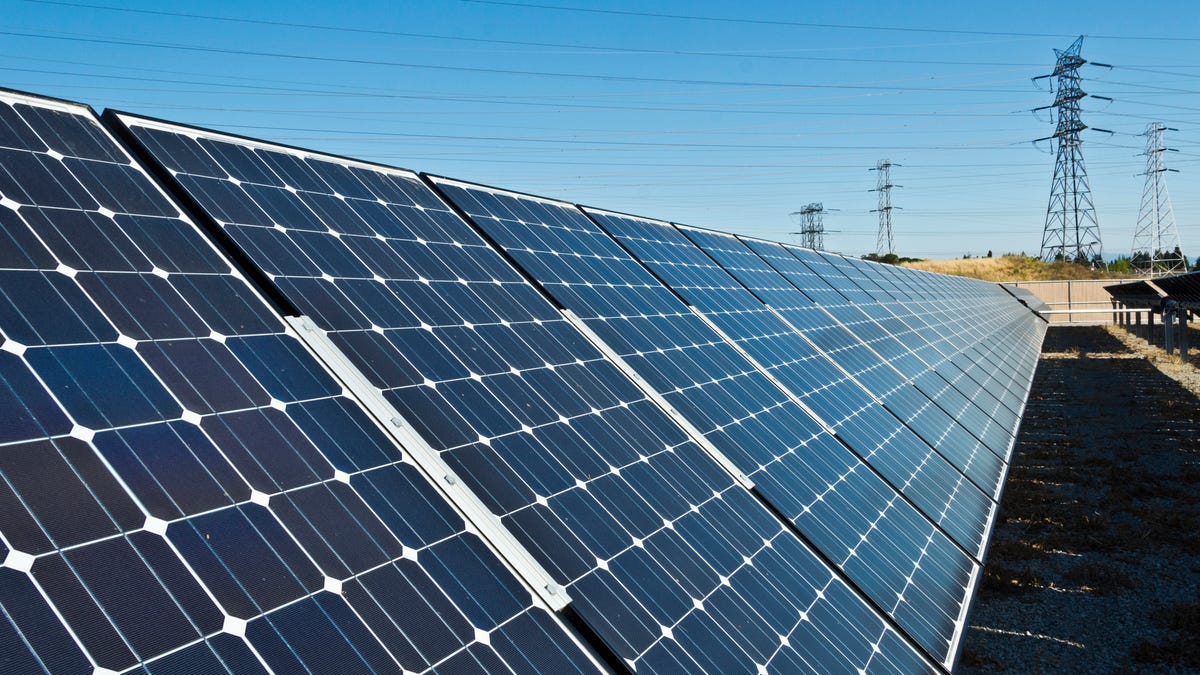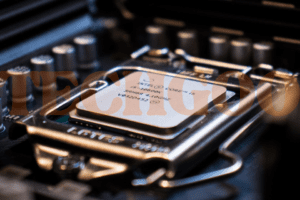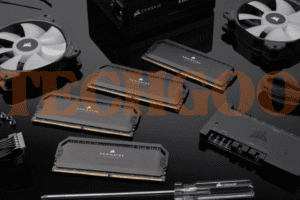To check your laptop’s wattage, you can use a wattmeter or power meter. Simply plug the meter into the wall and connect your laptop’s power cord to it.
The meter will display the real-time power consumption of your laptop. This method is easy and accurate in determining your laptop’s wattage. When it comes to understanding the power consumption of your laptop, it’s important to know its wattage. Monitoring your laptop’s wattage can help you optimize energy usage, ensure proper power supply, and determine if your laptop is consuming more power than necessary.
There are various methods and tools available to check your laptop’s wattage, such as using a wattmeter or power meter. By accurately measuring the wattage, you can make informed decisions about power management and ensure the efficient use of energy. We will explore how to check your laptop’s wattage using a wattmeter or power meter.
Understanding Laptop Power Consumption
To check your laptop’s wattage consumption, you can use a wattmeter. Simply plug the wattmeter into the wall and then plug your laptop’s power cord into it. The built-in screen will display the amount of power your laptop is using in real-time.
Explaining Laptop Wattage And Its Significance:
Laptop wattage refers to the amount of power consumed by your laptop while it is in use. Understanding your laptop’s wattage is crucial as it helps you assess the power requirements of your device and make informed decisions regarding power usage and battery life.
Here are some key points to help you understand laptop wattage and its significance:
- Laptop wattage is measured in watts, which indicates the rate at which your laptop consumes electrical power.
- The wattage of your laptop directly impacts its power consumption and battery life. Higher wattage laptops generally consume more power and may have shorter battery life.
- Laptop wattage is determined by various components and their power requirements, such as the processor, graphics card, display, and other peripherals.
- The wattage of your laptop can vary based on the tasks you perform. For example, demanding tasks like video editing or gaming may require more power, resulting in higher wattage consumption.
- Knowing your laptop’s wattage can help you make efficient power management choices. By understanding how much power your laptop consumes, you can adjust settings or limit resource-intensive activities to conserve battery life.
Factors Influencing Laptop Power Consumption:
Various factors affect the power consumption of your laptop. Understanding these factors can help you optimize power usage and prolong battery life. Here are the key factors influencing laptop power consumption:
- Display brightness: Higher brightness settings consume more power. Adjusting your display brightness to an optimal level can significantly reduce power consumption.
- Processor usage: CPU-intensive tasks demand more power. Monitoring and minimizing unnecessary background processes can help conserve power.
- External devices: Connecting external devices such as USB drives, smartphones, or peripherals can increase power consumption.
- Software and applications: Resource-intensive applications and software can significantly impact power usage. Closing unnecessary applications or using power-saving modes can be beneficial.
- Battery health: Older or degraded batteries may have reduced capacity, resulting in increased power consumption. Regularly maintaining and replacing batteries when necessary can optimize power usage.
The Importance Of Knowing Your Laptop’S Wattage:
Knowing your laptop’s wattage is crucial for multiple reasons. By understanding your laptop’s wattage, you can:
- Determine power requirements: Knowing the wattage helps you assess the power requirements of your laptop and ensure that you have the right power supply.
- Optimize power usage: Understanding your laptop’s wattage enables you to adjust power settings, limit resource-intensive tasks, and maximize battery life.
- Select the appropriate charger: Different laptops have varying power requirements. Knowing your laptop’s wattage helps you choose a compatible charger that can adequately support your device’s power needs.
- Troubleshoot power-related issues: If you encounter power-related problems, knowing your laptop’s wattage can help in diagnosing and resolving the issue more efficiently.
Understanding your laptop’s wattage is essential to optimize power consumption, extend battery life, and make informed decisions about power management. By familiarizing yourself with the factors influencing laptop power consumption, you can take proactive steps to conserve power and ensure efficient laptop usage.
Ways To Check Laptop Wattage
To check your laptop’s wattage, you can use a wattmeter by plugging it into the wall and then connecting your laptop’s power cord. The wattmeter will display the real-time power consumption of your laptop, allowing you to monitor its usage.
When it comes to checking your laptop’s wattage, there are a few methods you can use to determine the exact power consumption. Here, we’ll explore three different ways you can check your laptop’s wattage: by checking the laptop specifications, using software tools, or measuring power consumption with a wattmeter.
Let’s dive in!
Method 1: Checking Laptop Specifications
If you’re looking for a quick and easy way to find out your laptop’s wattage, checking the laptop specifications is a good place to start. Here’s how you can do it:
- Locating the wattage information in the user manual: Most laptops come with a user manual that provides detailed information about the device, including its wattage. Take a look at the manual that came with your laptop and look for any mentions of wattage or power consumption.
- Finding the wattage on the manufacturer’s website: If you don’t have access to the user manual or can’t find the wattage information in it, you can visit the manufacturer’s website. Look for the page dedicated to your specific laptop model and check for any specifications or technical details that mention the wattage.
Method 2: Using Software Tools
If you prefer a more detailed and accurate method to check your laptop’s wattage, using software tools can be a great option. Here’s what you need to know:
- Exploring power monitoring software options: There are various power monitoring software options available that can help you measure your laptop’s wattage. Some popular choices include HWMonitor, BatteryInfoView, and Joulemeter. Search for these tools online and choose the one that best suits your needs.
- Steps to check laptop wattage using software tools: Once you’ve installed the power monitoring software, follow the provided instructions to set it up. Most of these tools will display real-time power consumption data, allowing you to monitor and track your laptop’s wattage.
Method 3: Measuring Power Consumption With A Wattmeter
For those who want the most accurate measurement of their laptop’s wattage, using a wattmeter is the way to go. Here’s how it can be done:
- Understanding how a wattmeter works: A wattmeter is a device that measures the amount of power consumed by an electrical device, such as your laptop. It typically consists of a power plug and an LCD screen that displays the wattage readings.
- Steps to measure laptop wattage using a wattmeter: Start by plugging the wattmeter into a power outlet. Then, connect your laptop’s power adapter to the wattmeter. The LCD screen should display the wattage readings in real-time. Make sure to run your laptop under normal usage conditions to get an accurate measurement of its wattage.
By following these methods, you can easily check your laptop’s wattage and have a better understanding of its power consumption. Remember, it’s essential to know your laptop’s wattage to ensure that you’re using the correct power adapter and avoid overloading the device.
Tips For Managing Laptop Power Consumption
Learn how to check your laptop wattage and effectively manage power consumption with these helpful tips. By monitoring and optimizing power usage, you can prolong battery life and ensure efficient laptop performance.
Managing power consumption on your laptop is essential to ensure optimal battery life and extend the overall lifespan of your device. By following a few simple tips, you can efficiently manage the power settings, identify power-hungry applications, and consider hardware upgrades for better power efficiency.
Below are some effective ways to manage and minimize laptop power consumption:
Adjusting Power Settings On Your Laptop:
- Access the power settings on your laptop by navigating to the Control Panel or Settings menu.
- Choose the “Power Options” or “Battery Settings” to adjust power settings according to your preferences.
- Opt for a power plan that suits your usage requirements, such as “Power Saver” for maximum battery conservation or “High Performance” for optimal performance.
Optimizing Power Options In Windows Settings:
- Open the Windows Settings menu by clicking on the Start button and selecting the gear icon.
- Navigate to the “System” or “Power & Sleep” section and select “Power & Sleep” from the left-hand menu.
- Adjust the screen and sleep settings to reduce power consumption when the laptop is idle or not in use.
Modifying Power Settings On A Mac:
- Access the Apple menu and select “System Preferences.”
- Click on “Energy Saver” to optimize power settings.
- Adjust the slider to reduce the display brightness and configure the sleep settings to conserve power.
Managing Background Processes And Applications:
- Close unnecessary applications and background processes to reduce power consumption.
- Monitor task manager or activity monitor to identify resource-intensive processes and terminate or disable them when not required.
Identifying Power-Hungry Applications:
- Use task manager or activity monitor to identify applications that consume excessive power.
- Pay attention to resource-intensive applications such as video editing software, gaming applications, or virtual machines.
Ways To Minimize Power Consumption Of Background Processes:
- Limit the number of startup programs to reduce power consumption.
- Disable automatic updates or schedule them for non-peak hours.
- Minimize the number of browser tabs or extensions running simultaneously.
Considering Hardware Upgrades For Better Power Efficiency:
- Upgrading to a Solid-State Drive (SSD) can significantly improve power efficiency by reducing the spinning disk power consumption.
- Consider upgrading your laptop’s RAM to improve performance and power efficiency.
Upgrading To A Solid-State Drive (SSD):
- An SSD consumes less power than a traditional hard drive as it does not have any moving mechanical parts.
- It can reduce power consumption, increase system responsiveness, and improve battery life.
Selecting Energy-Efficient Components For Your Laptop:
- When purchasing or upgrading your laptop, consider energy-efficient components such as processors and graphics cards.
- Look for laptops with energy-efficient certifications, such as ENERGY STAR, to ensure better power efficiency and environmental sustainability.
By implementing these tips, you can effectively manage your laptop’s power consumption, optimize battery life, and enhance the overall efficiency of your device. Remember to periodically review and modify your power settings to adapt to your changing usage patterns.

Credit: www.cnet.com
Frequently Asked Questions On How Do I Check My Laptop Wattage?
How Do I Check My Computer’s Wattage Windows 10?
To check your computer’s wattage on Windows 10, right-click the taskbar and choose Task Manager. In Task Manager, go to the Processes tab and look for columns labeled “Power usage” and “Power usage trend. “
How Do I Check My Laptop’s Wattage?
To check your laptop’s wattage, you can use a wattmeter. Plug the wattmeter into the wall and then plug your laptop’s power cord into it. The built-in screen will display the amount of power your laptop is using in real-time.
Can I Check My Laptop’s Wattage Without A Wattmeter?
No, to accurately check your laptop’s wattage, you will need to use a wattmeter. It is the most reliable method to measure the power consumption of your laptop.
Why Is It Important To Check My Laptop’s Wattage?
Checking your laptop’s wattage can help you understand its power consumption. This information can be useful for choosing the right power supply, optimizing battery usage, and preventing overloading of power outlets.
Conclusion
To check your laptop’s wattage consumption, there are several methods available. One recommended method is to use a wattmeter, also known as a power meter. This simple device can be easily connected between your laptop’s power cord and the wall outlet.
It displays real-time power usage, allowing you to monitor how much energy your laptop is consuming. Another method is to use the Task Manager in Windows 10. Right-click on the taskbar and choose Task Manager or press the Windows key and type “task manager” to launch it.
In the Processes tab, you’ll find columns labeled “Power usage” and “Power usage trend” which provide information on power consumption for individual applications. By monitoring your laptop’s wattage consumption, you can gain insights into its energy efficiency and make informed decisions to optimize power usage.
This not only helps reduce your electricity costs but also promotes environmental sustainability. Remember to consider factors such as brightness settings, application usage, and standby power consumption when evaluating your laptop’s wattage consumption. Regularly checking your laptop’s power usage can contribute to better energy management and ensure that you are using your device efficiently.




